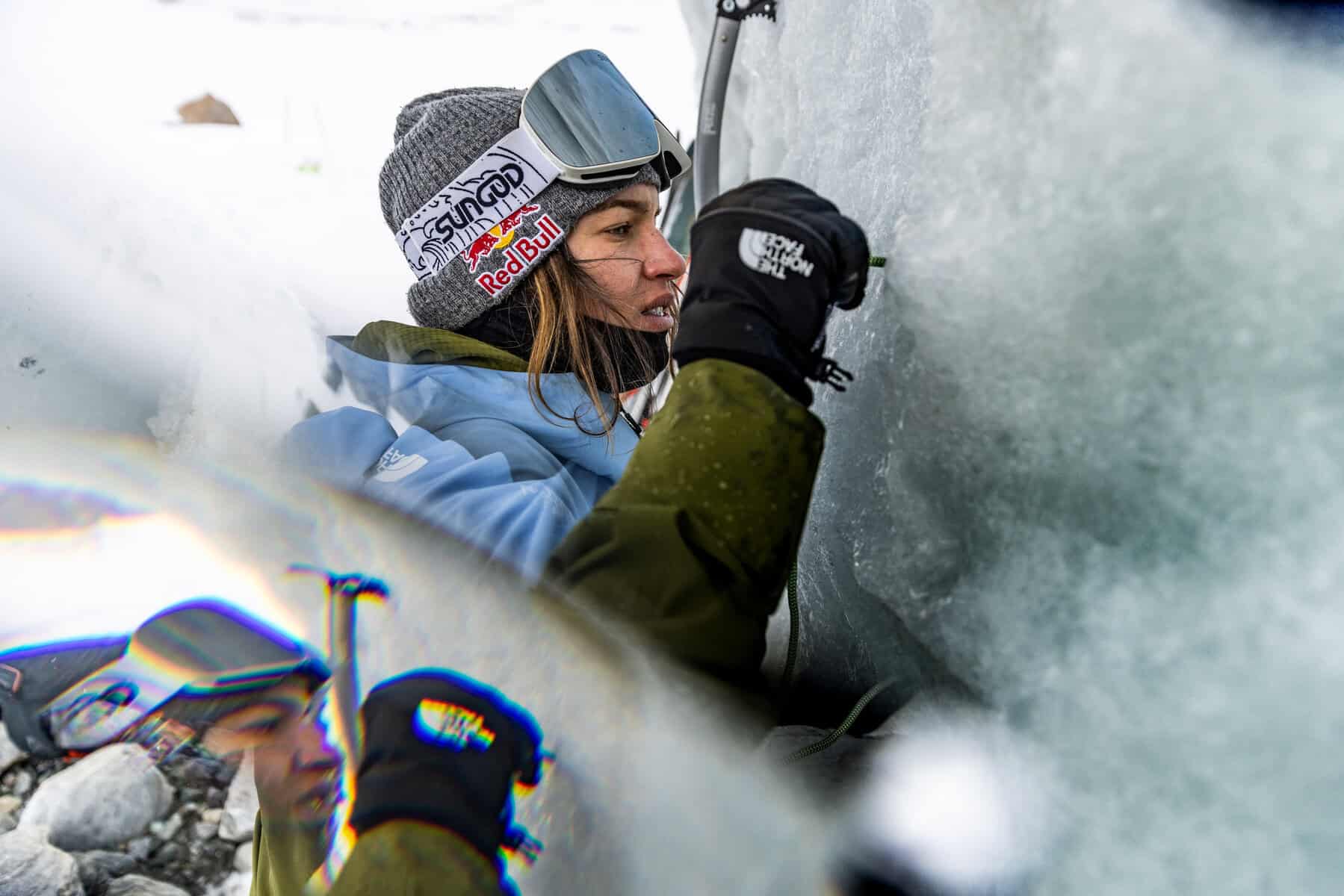
By Kate Muir
The glacial blue walls shimmer like something out of a dream. Axes swing, crampons bite, and every move is a delicate balance between control and chaos. Ice climbing is one of the most dangerous sports on the planet—but that’s precisely why people can’t get enough of it.
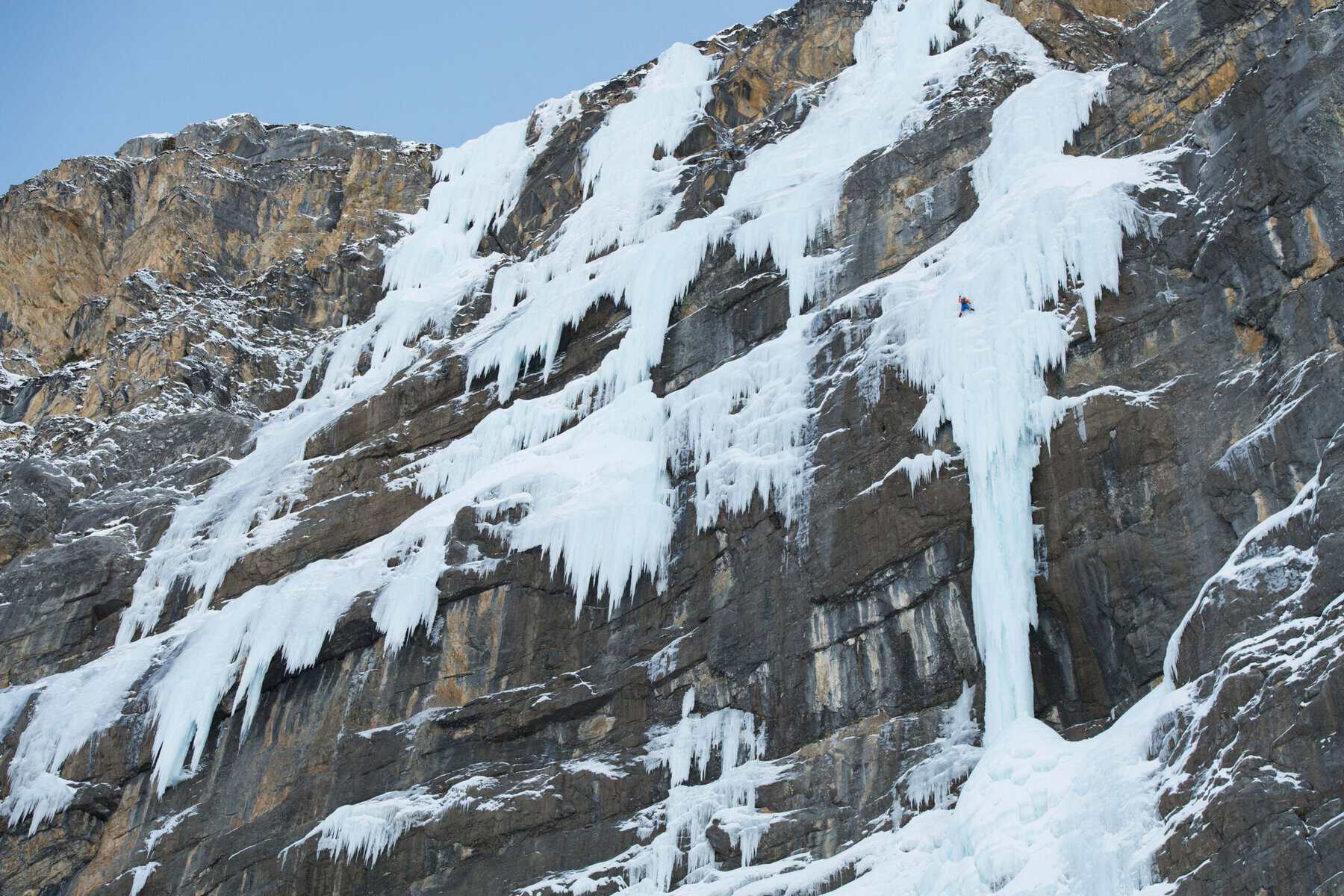
Unlike rock climbing, where holds are (mostly) fixed, ice climbing presents an ever-changing battlefield. The ice is never the same twice. Temperature fluctuations mean what was a solid route in the morning can be a waterfall by afternoon. A seemingly bombproof pillar can shatter under an axe swing, sending climbers into a freefall of ice chunks and adrenaline.
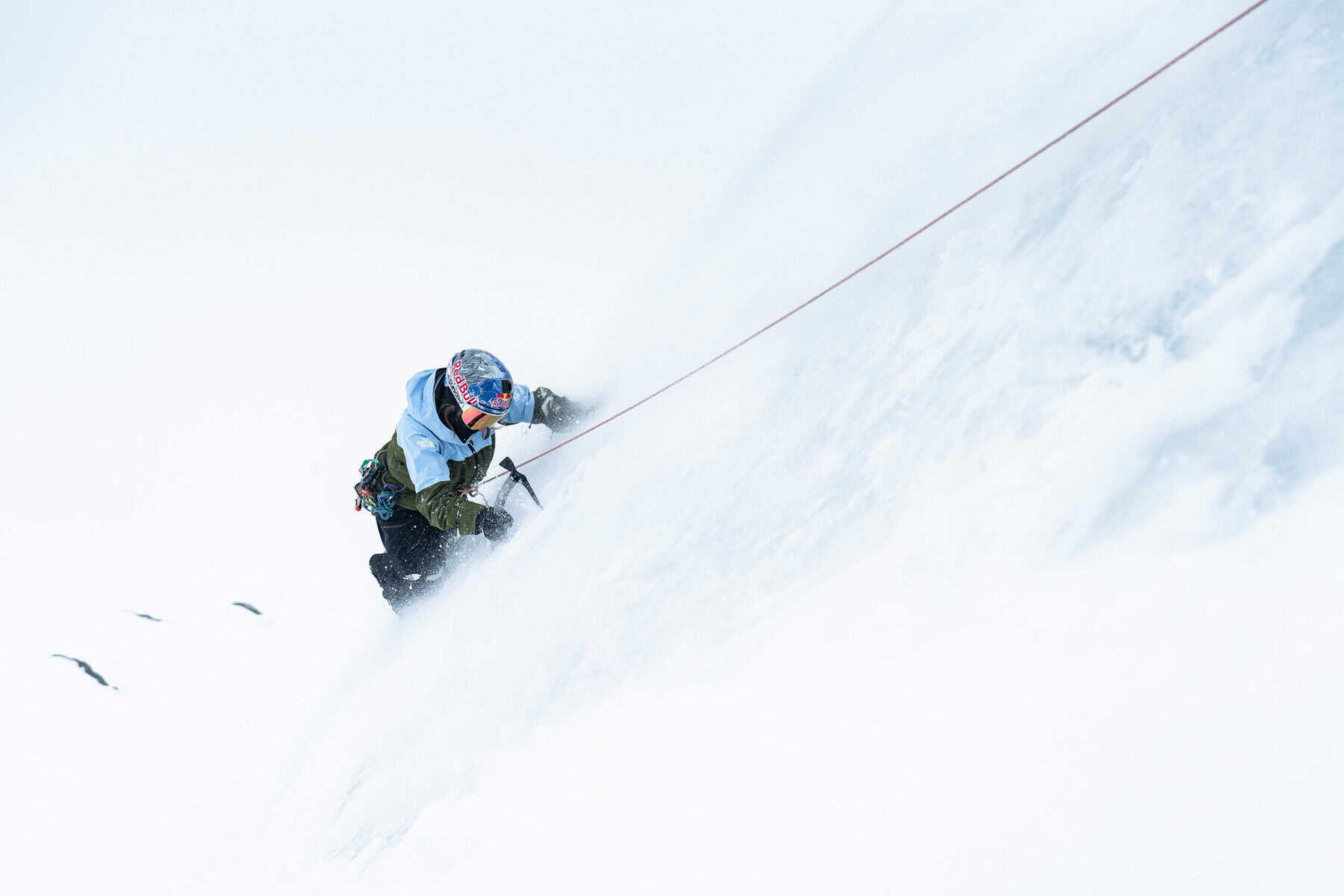
Then there’s the element of unpredictability:
Ice screws can pop out if the ice isn’t solid enough.
Avalanches can roar down without warning.
Falling ice can turn into deadly projectiles, either from above or from your own swings.
Even for the best climbers, every ascent is a calculated gamble. And that’s exactly why they do it.
Survival in ice climbing depends on a razor-sharp skill set and split-second decision-making. Unlike mountaineering, where endurance is king, or sport climbing, which rewards precision and technique, ice climbing demands all of it—plus an iron stomach.
Climbers must be able to read ice conditions, adapt their routes on the fly, and know when to back off—a lesson many have learned the hard way. Mistakes, even small ones, can have catastrophic consequences. A misplaced ice screw, a moment of hesitation, or a miscalculated swing can send climbers hurtling down jagged, frozen walls.
Cold isn’t just uncomfortable—it’s a serious danger. Frostbite can set in quickly when gripping ice tools for hours in sub-zero temperatures. Rope, carabiners, and gear can freeze solid, making them unreliable or impossible to use. If an accident happens, hypothermia can set in long before help arrives, turning minor injuries into life-or-death situations.
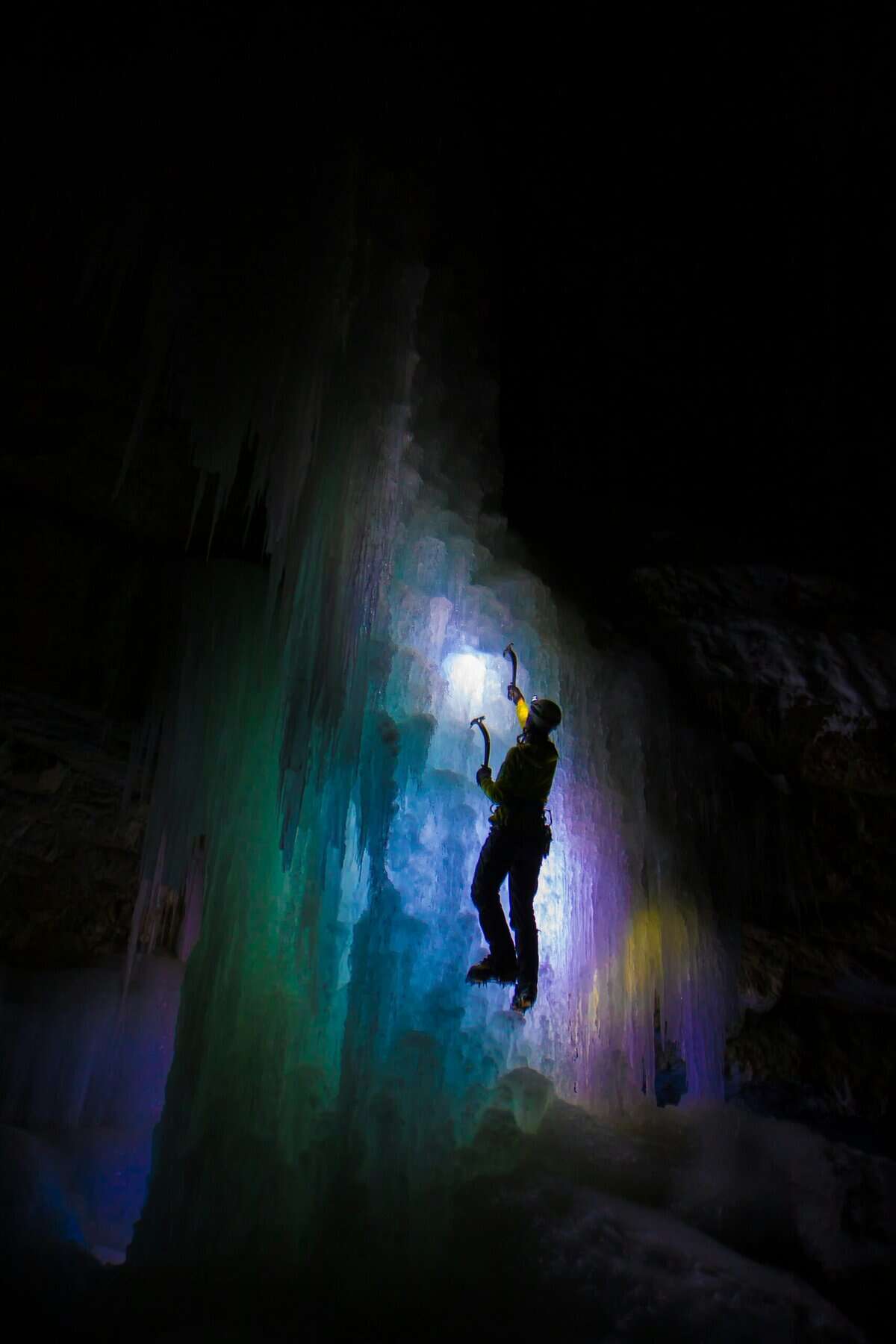
So Why Do It?
For the same reason people base jump, free solo, or surf 20-metre waves: because it’s an unmatched thrill. The rush of moving up sheer vertical ice, the sound of axes sinking into solid placements, the battle against fear—it’s addictive.
There’s also the purity of it. Ice climbing strips adventure down to its most primal form. There are no crowds, no noise, just the climber, the ice, and the brutal honesty of the elements. Success isn’t about luck; it’s about skill, grit, and knowing when to push forward and when to turn back.
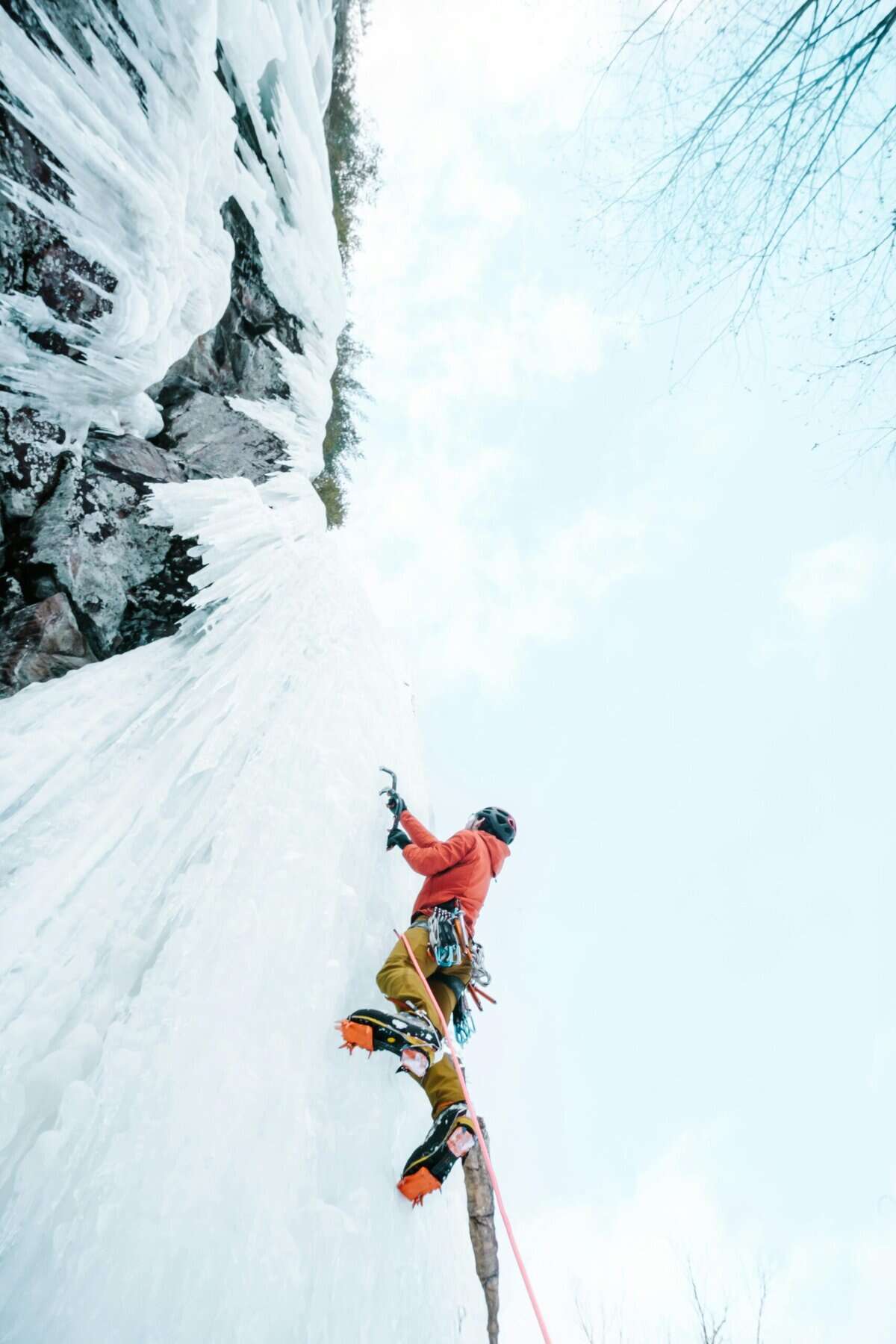
Despite its risks, ice climbing has been growing in popularity. Improved gear, from lightweight ice axes to better insulation, has made the sport more accessible. Indoor ice walls and competitions have allowed more people to train in controlled environments before heading into the wild. And social media has fueled its allure, with jaw-dropping images of climbers tackling frozen waterfalls drawing in new enthusiasts.
Still, no amount of training or high-tech gear can eliminate the risks. The only guarantee in ice climbing is that the mountain doesn’t care how experienced you are. The ice will break, avalanches will happen, and the cold will try to take its toll. The challenge isn’t about conquering nature—it’s about moving with it, understanding it, and, ultimately, surviving it.
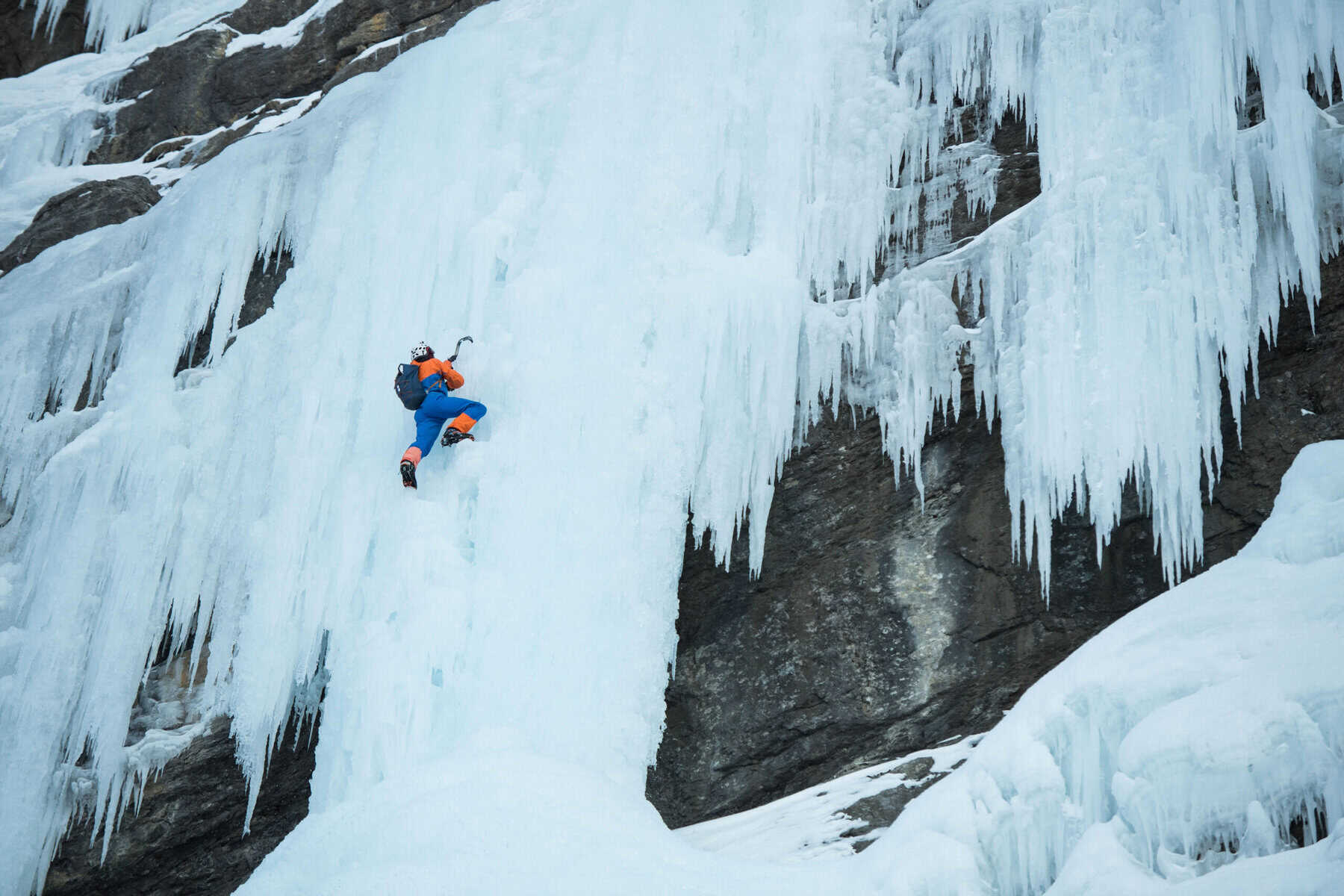
Ice climbing isn’t for the faint of heart. It demands everything—strength, skill, knowledge, and the ability to make peace with danger. The risks are extreme, but for those who crave adventure at its rawest, it’s the ultimate test.








